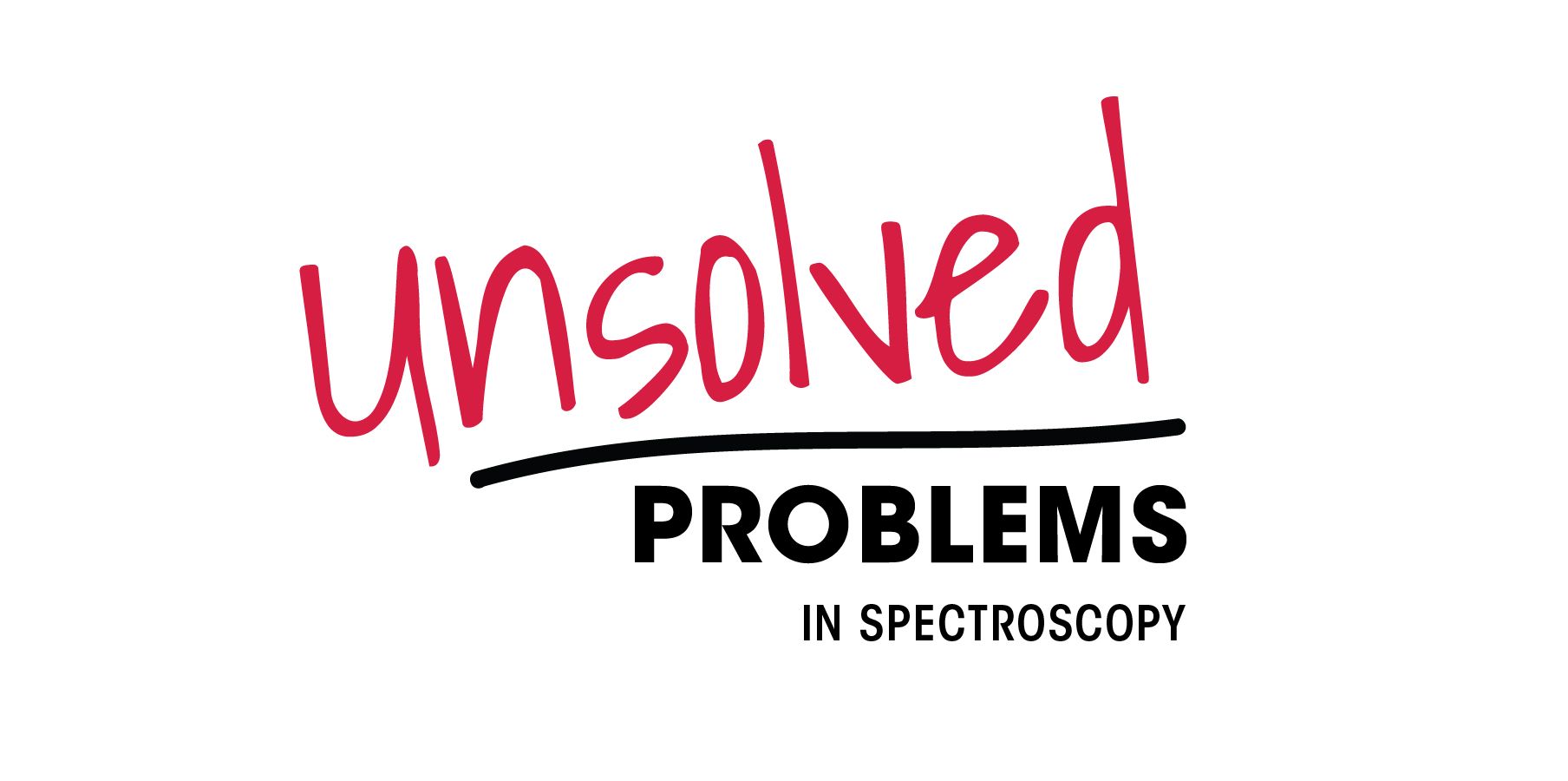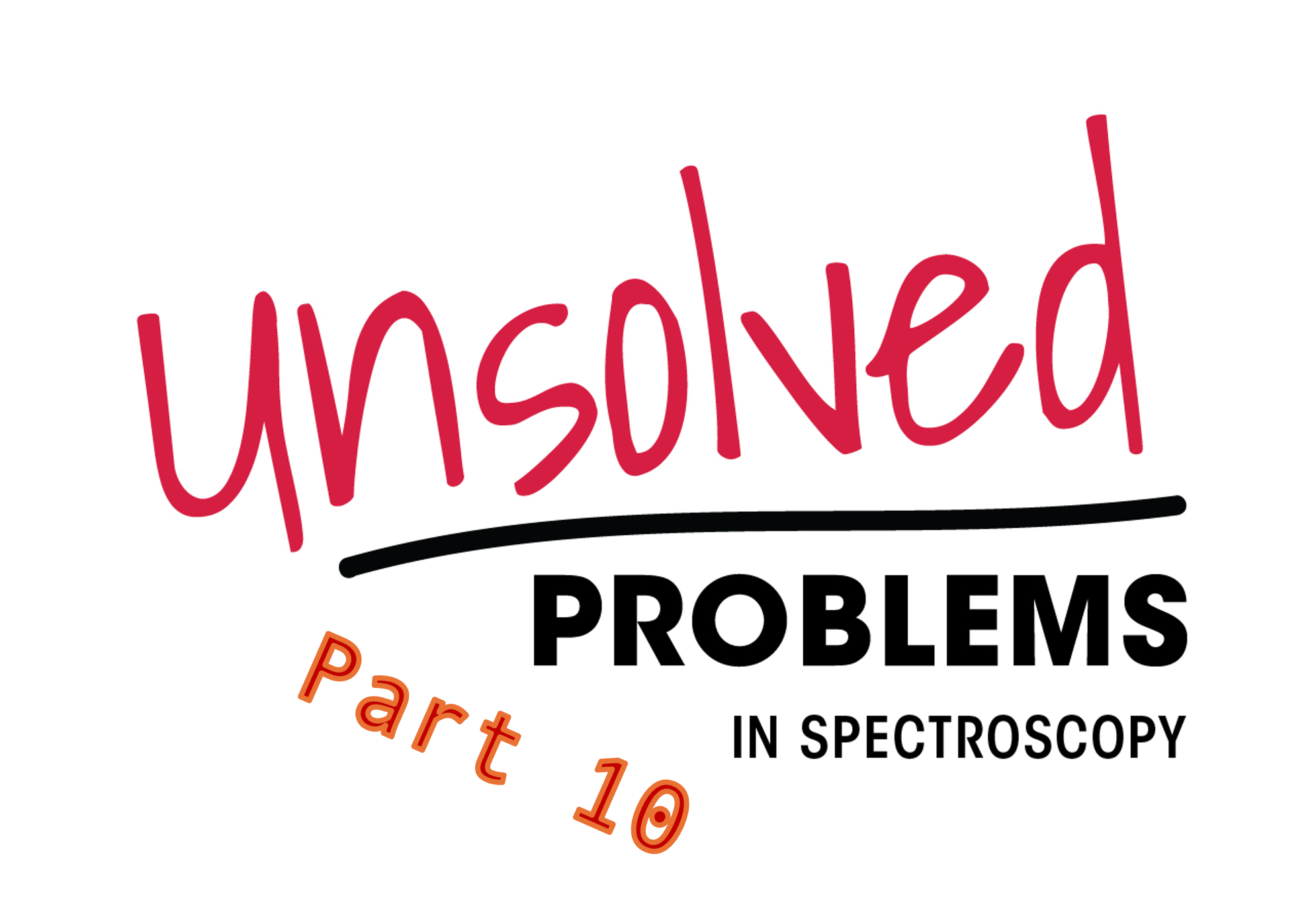Article
Novel Method for Detection of Adulterated Milk Using Long Short-Term Memory Network and Near-Infrared Hyperspectral Data
Author(s):
A new method for detecting adulterated milk could lead to analyzing other food products more effectively.
Milk is a vital source of nutrients for human beings. However, milk adulteration is a persistent problem in many countries. It not only reduces the nutritional value of milk, but it can also has health risks to consumers. Therefore, the development of a simple, reliable, and rapid detection method for adulterated milk is of great significance (1). In a recent study published in Spectroscopy Letters, researchers Xin Li and Jiangping Liu proposed a novel method for analyzing adulterated milk based on a long short-term memory network (1).
The study involved the use of near-infrared (NIR) hyperspectral data to carry out qualitative and quantitative analysis of adulterated milk (1). The team used principal component analysis (PCA) combined with a long short-term memory network to identify the adulterated milk samples (1). The NIR hyperspectral data was collected in the range of 400–1000 nm (1).
The feasibility of the proposed method for identifying adulterated milk was proven by its high accuracy. The method had an average recognition rate of 99.5% for the test set and 98.5% for the validation set (1). The study also demonstrated that employing PCA and long short-term memory network was effective in reducing the dimensionality of the NIR hyperspectral data (1). This, in turn, helped improve analysis accuracy (1).
The researchers' proposed method offers several advantages over the existing methods. First, and according to the study, it is nondestructive, meaning that the milk samples can be reused after analysis (1). Second, the method is relatively simple, requiring only a small amount of milk and a hyperspectral analyzer (1). And finally, the method is efficient because the analysis can be completed within a few minutes (1). Therefore, the proposed method would be beneficial for supply chains and milk production facilities where this technique would be best applied to inspect the beverage for adulteration.
In summary, this study paves the way for the development of more efficient, reliable, and low-cost methods for detecting milk adulteration. The authors suggest that future studies can focus on the application of the proposed method in the analysis of other food products (1). In conclusion, the proposed method provides a practical and effective solution to the persistent problem of milk adulteration, ensuring the safety and quality of milk products for consumers.
Reference
(1) Li, X.; Liu, J. Analysis of Adulterated Milk Based on a Long Short-term Memory Network. Spec. Lett. 2023. DOI: 10.1080/00387010.2023.2194950
Newsletter
Get essential updates on the latest spectroscopy technologies, regulatory standards, and best practices—subscribe today to Spectroscopy.





